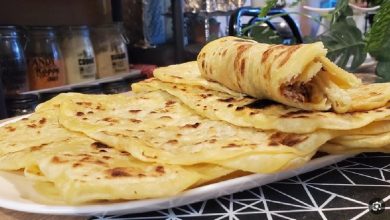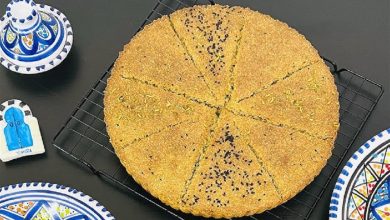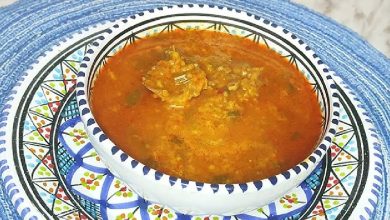The Essential Spices of Lebanese Cuisine: Subtle Aromas and Rich Tradition
Discover the spices that give Lebanese food its delicate balance of warmth, freshness, and Mediterranean charm.
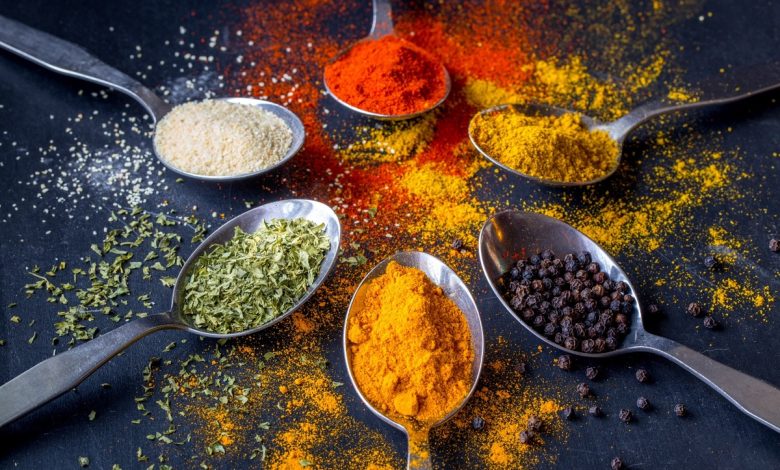
Lebanese cuisine is known for its refined and balanced flavors—never too spicy, never too overpowering. Unlike other regional cuisines that rely on heavy spice, Lebanon’s culinary identity is defined by subtle aromatic blends, fresh herbs, and vibrant citrus tones.
Whether you’re preparing a hearty kibbeh, a refreshing fattoush, or a comforting lentil soup, understanding Lebanese spices is key to unlocking the true spirit of this Mediterranean kitchen.
1. Allspice (بهار حلو) – The Lebanese “7-Spice” Foundation
Used in many meat dishes, stews, and rice, allspice brings a warm, sweet-spicy flavor reminiscent of cloves and cinnamon. It’s a central part of Lebanon’s famous “baharat” or 7-spice mix, often used to season kibbeh, stuffed vegetables (mehshi), and meatballs (kafta).
Typical baharat ingredients may include:
-
Allspice
-
Cinnamon
-
Cloves
-
Black pepper
-
Nutmeg
-
Coriander
-
Cardamom
Every family might have their own blend.
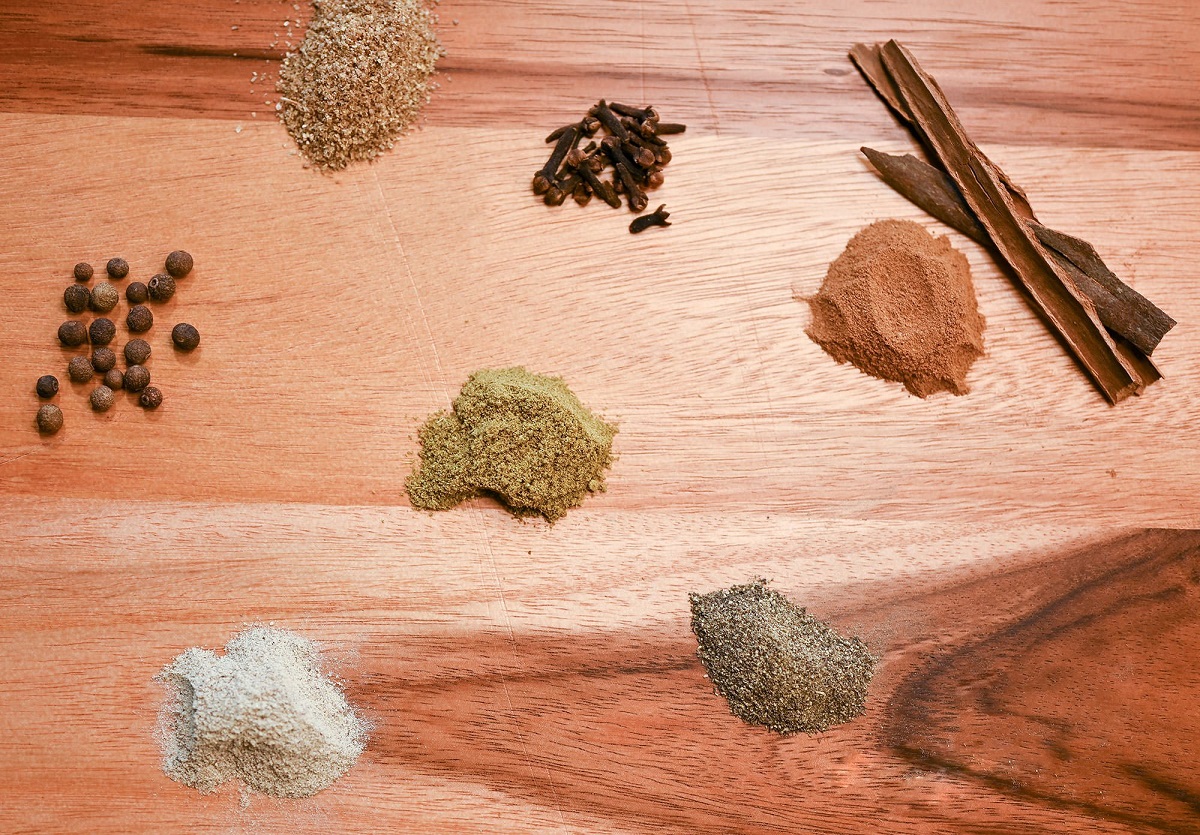
2. Cinnamon (قرفة)
Cinnamon is used in both savory and sweet Lebanese dishes. It’s a staple in rice with meat, stews, and often paired with lamb to give warmth without overpowering the palate.
3. Sumac (سماق) – The Citrus Alternative
Tangy and slightly astringent, sumac is a unique spice in Lebanese cuisine, used to brighten flavors. It often replaces lemon juice in fattoush salad, is sprinkled over grilled meats, or added to onion garnishes.
Pro tip: Sumac is also one of the key components in za’atar.
4. Za’atar (زعتر) – Lebanon’s Signature Blend
Za’atar is both an herb (wild thyme) and a spice blend. The classic Lebanese za’atar mix contains:
-
Ground dried thyme or oregano
-
Sumac
-
Sesame seeds
-
Salt
It’s widely used in mana’eesh (flatbread with za’atar), marinades, and as a table condiment. Every home and bakery in Lebanon has its own version.
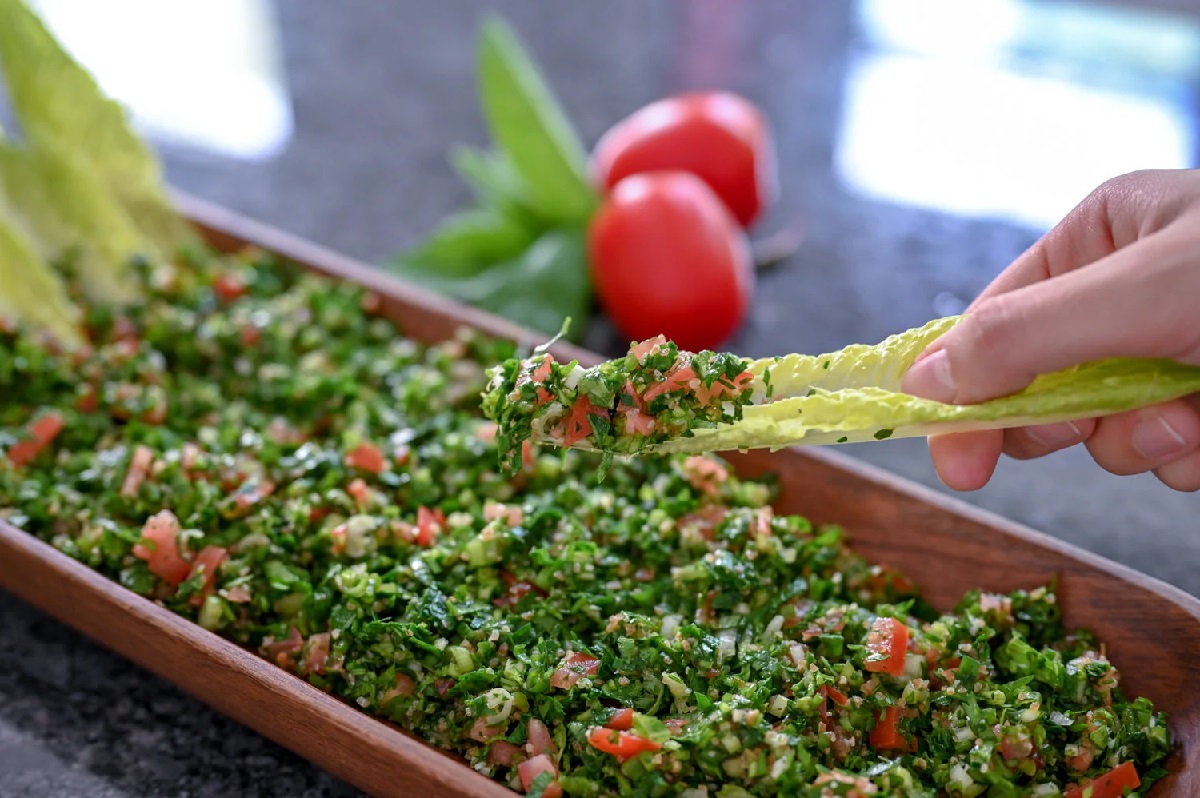
5. Cumin (كمون)
Earthy and slightly bitter, cumin is used more subtly in Lebanese cooking, especially in lentil-based dishes like mujaddara and in some chickpea recipes (hummus, balila). It adds depth without overpowering lighter flavors.
6. White and Black Pepper (فلفل أبيض وأسود)
Lebanese cuisine uses both white and black pepper to enhance dishes gently. Unlike cayenne or chili, pepper in Lebanese food is rarely used for heat—rather, it’s for gentle sharpness and balance.
7. Nutmeg and Cloves (جوزة الطيب وقرنفل)
These spices are used in small amounts, usually in combination with cinnamon and allspice in meat dishes or festive rice. They contribute to the “sweet warmth” typical in holiday or celebration meals.
8. Coriander (كسبرة)
Both the seeds and fresh leaves are used in Lebanese cuisine. Ground coriander may appear in soups or lentil dishes, while fresh coriander is often sautéed with garlic and lemon juice in dishes like batata harra (spicy potatoes).
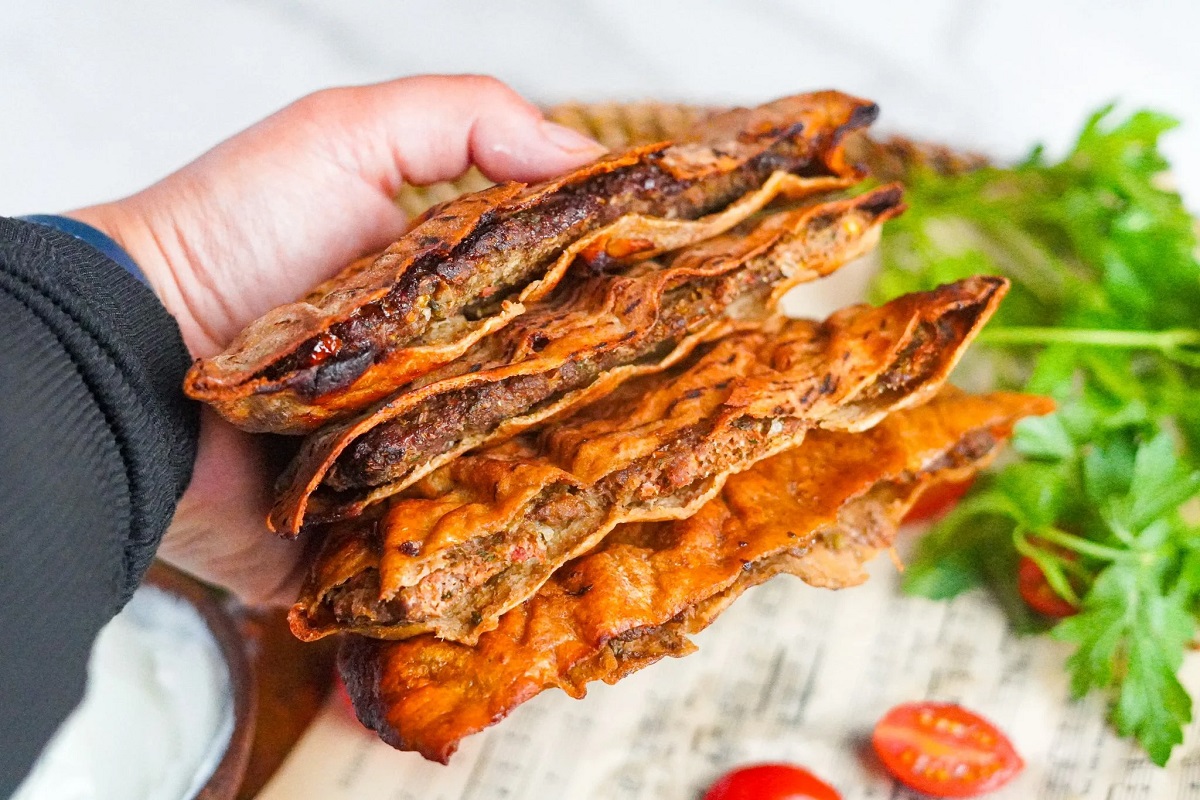
The Spice of Simplicity
What makes Lebanese cuisine so appealing around the world is its ability to elevate simple ingredients through intelligent, restrained use of spices. While not overwhelmingly spicy, Lebanese food is rich in aroma, citrusy tang, and herbal freshness—thanks to its careful blending of spices like allspice, sumac, and cinnamon.
Whether you’re cooking a family meal or exploring new flavors, learning about Lebanese spices opens a world of culinary depth rooted in generations of tradition.
